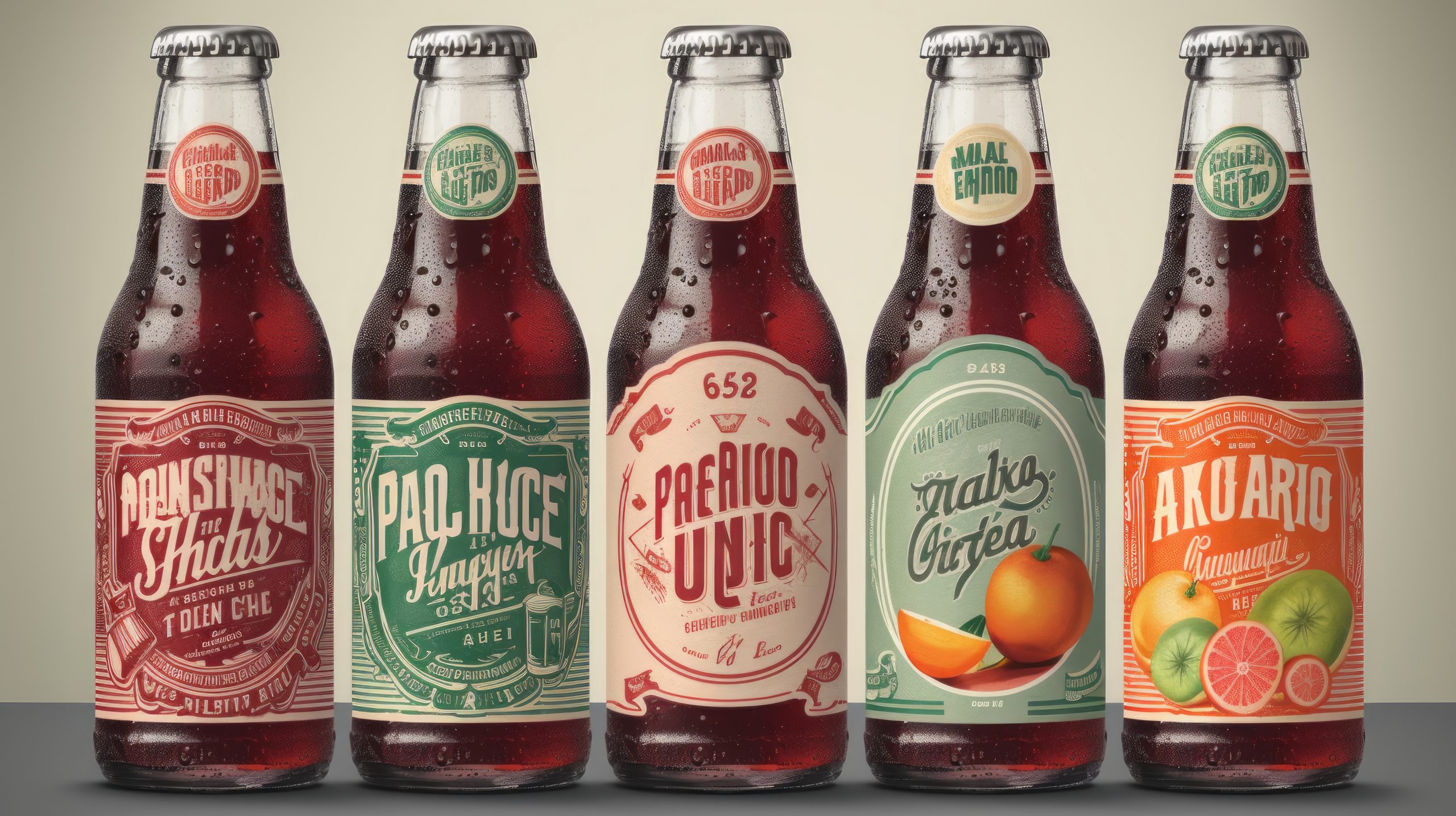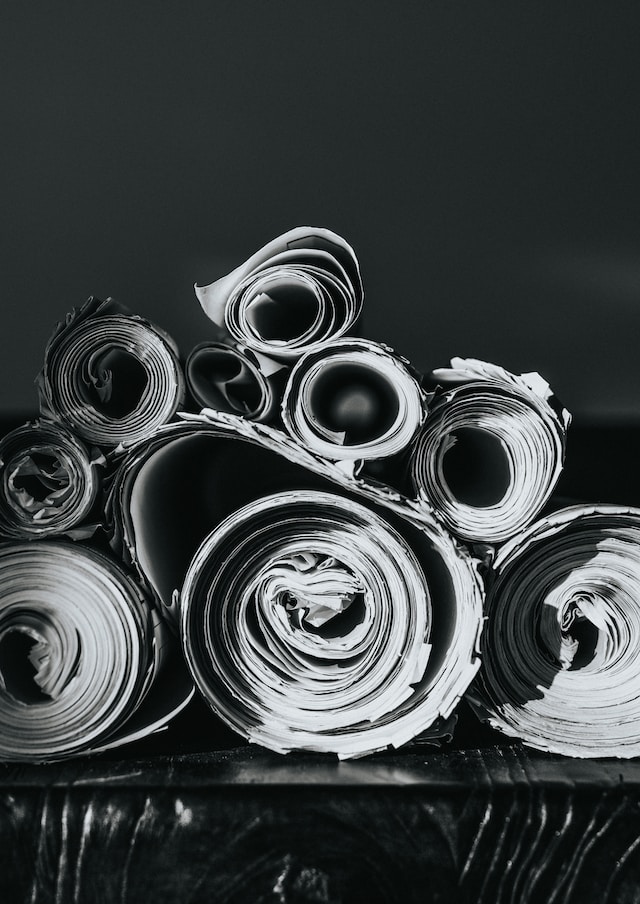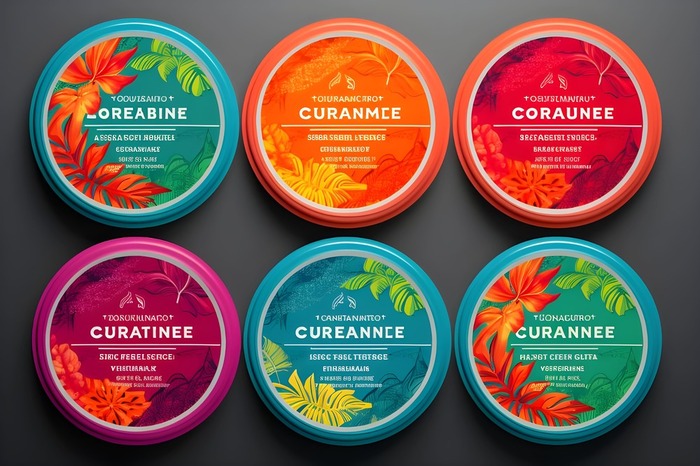Labeling might seem like a small detail, but for cosmetic brands, it can make or break the product’s success. From compliance with industry standards to capturing customer attention on the shelf, your label does a lot of heavy lifting. For emerging beauty entrepreneurs, navigating the world of custom cosmetic label printing can feel overwhelming, but it doesn’t have to be. In this guide, we break down what small brands need to know, including order minimums, printing methods, supplier choices, and shipping timelines.
Minimum Order Quantities (MOQs) Explained
Minimum order quantities (MOQs) are the smallest number of labels a supplier is willing to produce in a single order. For small brands, understanding MOQs is crucial because it directly impacts cost, inventory planning, and flexibility.
Typical MOQs in the industry:
- Digital printing: Often starts at 100-250 labels, making it ideal for startups and test batches.
- Flexographic printing: Usually requires 1,000 to 10,000+ labels due to setup costs and plate fees.
Smaller MOQs allow indie brands to test different products or label designs without committing to large volumes, but they may come at a slightly higher price per unit. Choosing a printer that offers scalable MOQs ensures that your label production can grow with your business.
Tip: Always ask your supplier if they offer tiered pricing, as increasing quantities can significantly reduce per-label cost.
Digital vs. Flexographic Printing for Cosmetics
One of the most critical decisions in custom cosmetic label printing is choosing between digital and flexographic printing technologies, especially when creating high-impact cosmetic labels that align with your brand and product goals. Each method has its own benefits depending on your budget, design complexity, and order volume.
Digital Printing
Digital printing involves printing labels directly from a digital file without the need for printing plates. It is ideal for:
- Short runs and limited editions
- Variable data printing (e.g., serial numbers, unique codes)
- Fast turnaround times
Pros:
- Low setup costs
- Quick revisions and design flexibility
- High-quality color accuracy
Cons:
- Slightly higher cost per unit on large orders
- Limited specialty finish options compared to flexo
Flexographic Printing
Flexographic printing uses plates and fast-drying inks to print large volumes efficiently. It is suitable for:
- High-volume label orders
- Standardized designs across product lines
Pros:
- Lower unit cost at scale
- Wide range of finishes (e.g., foiling, varnish, embossing)
- Faster printing speeds for big batches
Cons:
- Higher initial setup costs (plates + tooling)
- Longer turnaround for new designs
For most small brands starting out, digital printing is the better choice due to its flexibility and lower risk. However, once you scale, transitioning to flexo can be more economical.
Local vs. Online Printers: Which One Is Right for You?
When selecting a label printing partner, small brands must decide between local printers and online printing companies. Each option has unique benefits and drawbacks.
Local Printers
Working with a local provider can offer:
- In-person consultations and easier communication
- Quick samples or mockups for faster decision-making
- Stronger community ties, especially for local or handmade brands
However, local printers may have:
- Higher overhead, leading to higher prices
- Limited printing technology or materials
Online Printers
Online printing platforms have become a go-to solution for many modern businesses thanks to their convenience, efficiency, and scalability. They often offer:
- Intuitive, user-friendly portals for uploading artwork and tracking orders
- Transparent pricing with instant quotes
- A wide variety of materials, finishes, and customization options
- Fast turnaround and nationwide shipping
Unlike the outdated perception of online printers, many leading platforms now provide responsive customer support through chat, phone, and email, ensuring clients are never left without assistance.
Potential considerations might include:
- Limited ability to see physical samples before committing (unless requested in advance)
- May not offer in-person consultations for highly complex or tactile projects
Best practice: Get quotes and samples from both local and online sources. Compare not just price, but also print quality, customer service, and turnaround.
Turnaround Times and Shipping Considerations
For small cosmetic brands, timing is everything. Whether you’re preparing for a product launch or restocking a best-seller, understanding turnaround and shipping timelines is vital.
What to expect:
- Digital printing: Often 3–7 business days
- Flexographic printing: May take 2–4 weeks due to setup time
Shipping time depends on location, shipping method, and whether labels are printed domestically or internationally. Always ask for production + delivery time to avoid delays.
Pro tips:
- Order ahead during busy seasons (holidays, trade shows)
- Ask about rush order fees if you need faster service
- Confirm packaging quality to prevent damage during transit
If you’re working with an international supplier, factor in customs clearance and potential delays.
Check out our What You Need to Know About Cosmetic Product Labels blog to learn more about various aspects of cosmetic labels.
Growing with the Right Labeling Partner
Custom cosmetic labels play a critical role in how your brand is perceived—from the shelf to social media. For small brands, it’s not just about aesthetics․ It’s about flexibility, compliance, and smart business decisions.
Whether you’re printing 100 lip balm labels or launching a full skincare line, choosing the right printing method, supplier, and timeline strategy ensures your packaging keeps up with your vision.
By starting small with digital printing, experimenting with local and online vendors, and planning around MOQs and turnaround times, you set the foundation for scalable growth.
Custom cosmetic label printing doesn’t have to be overwhelming. With the right knowledge, even the smallest beauty brand can package like a pro.



